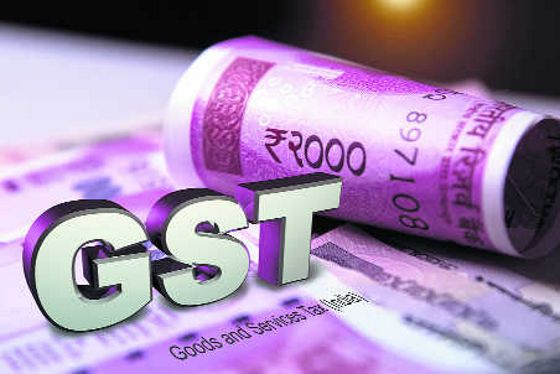Govt could look at two rate GST structure while retaining highest 28% slab: Revenue Secretary
Government is for reducing the number of tax slabs in the GST regime but would want to continue with the top GST slab of 28 per cent for luxury and sin goods while looking to narrow down rates between 5-18 per cent slabs to two to begin with before making GST a single mean rate tax system, Revenue Secretary Tarun Bajaj said on Monday.
The GST structure in India currently is divided in four major slabs of 5, 12, 18 and 28 per cent. There is also a special 3 per cent rate for gold, jewellery and precious stones and 1.5 per cent on cut and polished diamonds. Also, a cess is levied on the highest tax slab of 28 per cent on luxury, sin and demerit goods.
Addressing the industry leaders at an Assocham event, Bajaj said that policymakers are not fixated on achieving a particular rate for GST and more importantly this is the time for retrospection on how these rate structures have panned out, undertake recalibration of rates where needed, remedy the inverted duty structure.
…the rate rationalisation exercise of the GST Council is a result of introspection of GST, five years after its rollout, and the policymakers do not have a “fetish” to raise the tax rates to the revenue-neutral level of 15.5 per cent, Bajaj said defending changes in GST rates post the GST Council meeting late last month.
He said that in a country like India where there is large income disparity, having a higher tax rate for sin and luxury goods is required. “But whether on 5, 12 and 18 (per cent), we can bring down to two rates to start with and then see how the country grows and whether there is a capacity to bring it to one rate or not is something to be seen. It is a very difficult challenge,” Bajaj said at the event themed `GST – Journey of 5 years and road ahead’.
The talks in GST Council of late has been to see whether tax slabs could be reduced but other changes to make the tax system smoother and balanced have taken precedence. A GoM has also been set up under Karnataka Chief Minister Basavaraj Bommai, to suggest rationalisation in tax rates, merging of slabs, reviewing the exempt list and correcting duty inversion in cases where taxes on final output in lower than that in inputs. The GoM has been given 3-month more time to submit a final report.
As per an RBI study, the weighted average tax rate under the Goods and Services Tax (GST) has come down to 11.6 per cent, from 14.4 per cent at the time of its launch in 2017. The revenue-neutral rate (RNR) under the GST should be about 15.5 per cent, as per the Subramanian Committee report, submitted before the GST launch.
Bajaj said that there isn’t any fetish in the minds of policymakers that there is a need to reach RNR rate of 15.5 per cent hence tax rates have to go up. He said that as GST completes five years, it’s time to introspect and see how the GST rate structures have panned out, whether there is a need to lessen the number of rates and what are the commodities which can go into higher rates and which can come into lower rates.
On need to bring fuel under GST system to prevent consumers from facing high fuel prices, Bajaj said that this segment constitutes a large part of revenue generation for both the Centre and states so there is some apprehension but in due course it will come into the GST fold.
“I don’t think one can expect everything will move into GST on day one. As a policy maker, I believe in navigating the process well to achieve the objectives,“ revenue secretary said.





